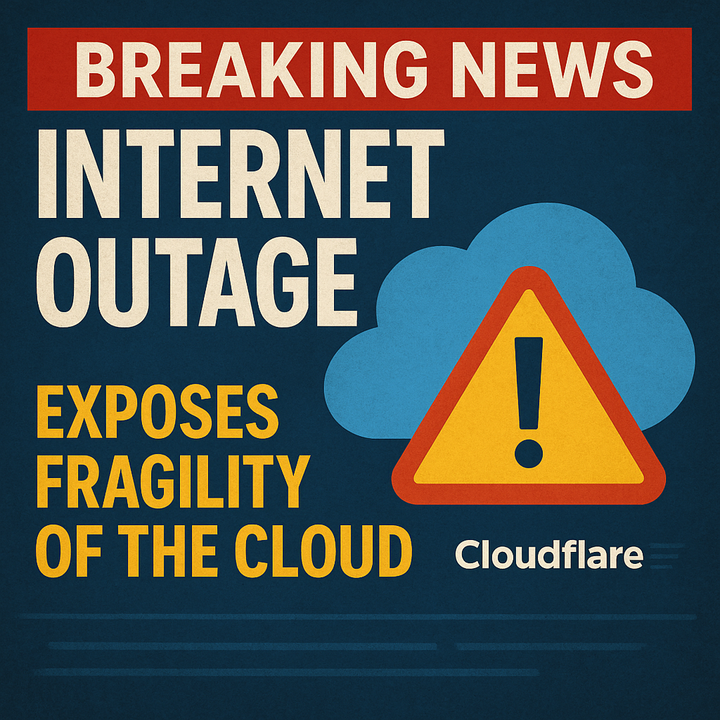The Collapse of Traditional Media — and What Replaces It
The Fall of the Old Gatekeepers

For decades, traditional media—newspapers, cable news, glossy magazines—served as the gatekeepers of information. A handful of corporations decided what was “newsworthy,” what stories reached the public, and how reality was framed.
But over the last 20 years, that power structure has crumbled. Print circulation has collapsed. Cable viewership is shrinking.
Trust in mainstream outlets is at historic lows. Once-dominant institutions like CNN, Fox News, and The New York Times now fight for attention in a world where an independent journalist with a Substack or a YouTube channel can reach millions overnight.
The collapse isn’t just economic—it’s philosophical. The public no longer believes legacy media speaks truth to power. Instead, people see them as part of the power structure.
Why the Collapse Happened
1. Centralization bred distrust.
When five conglomerates control 90% of U.S. media, diversity of thought disappears. The same talking points echo across channels. The internet exposed this uniformity, and audiences began to tune out.
2. The internet disintermediated everything.
Platforms like Twitter (now X), YouTube, and Substack allowed creators to speak directly to their audiences—no editors, no filters. The crowd became the newsroom. The algorithm became the editor.
3. Narrative control failed.
During global events—from wars to pandemics to financial crises—mainstream outlets repeatedly got the big stories wrong or suppressed alternative perspectives. Once the public caught on, the trust was gone for good.
4. Economics shifted.
Ad revenue that once funded newsrooms moved to Google and Facebook. Print advertising collapsed. TV advertising followed. Without money, legacy media hollowed out, trading journalism for clickbait and outrage.
What Replaces It
1. Decentralized Media Networks
Independent creators and small media collectives now form the backbone of the new information economy. Instead of top-down control, it’s peer-to-peer journalism. Networks like The ON Network, Substack communities, and independent podcasts are replacing corporate brands as trusted sources.
2. Blockchain and Nostr Publishing
Decentralized protocols like Nostr and blockchain-based media platforms allow writers to publish without censorship or platform risk. Readers can support creators directly through Bitcoin or other open payment systems, bypassing banks, advertisers, and algorithms.
3. AI + Human Collaboration
AI is changing media creation—helping creators produce faster, summarize data, visualize concepts, and scale operations. But audiences still crave the human voice. The winning formula is hybrid: human insight powered by AI efficiency.
4. Community-Owned Ecosystems
People no longer want to just consume media—they want to belong to it. Communities built around shared values—freedom, resilience, truth-seeking—are replacing passive audiences. Membership-based networks, private chats, and decentralized groups are the new “newsrooms.”
5. Trust Through Transparency
In the old model, journalists hid behind institutions. In the new model, creators earn trust through authenticity. They show their process, disclose their biases, and let audiences decide what to believe. Truth has become open-source.
The Future: Rebuilding Media from the Bottom Up
The fall of traditional media isn’t the end of journalism—it’s the beginning of a new information renaissance.
In this new world:
- Anyone can publish.
- Audiences fund the truth they want to see.
- Decentralized tech ensures no one can silence it.
This is not chaos—it’s evolution. A return to a marketplace of ideas where truth competes freely.
The future of media is sovereign, community-driven, and borderless.
And it’s already here.
👉 Join the ON Network
We’re building part of that future, an independent media ecosystem focused on self-sovereignty, survival, and freedom tech.
No corporate strings. No censorship. Just real stories that help you prepare, adapt, and thrive.



Comments ()